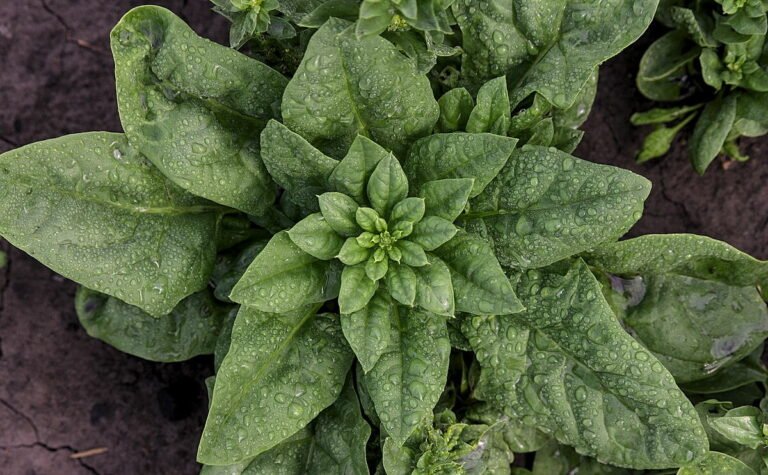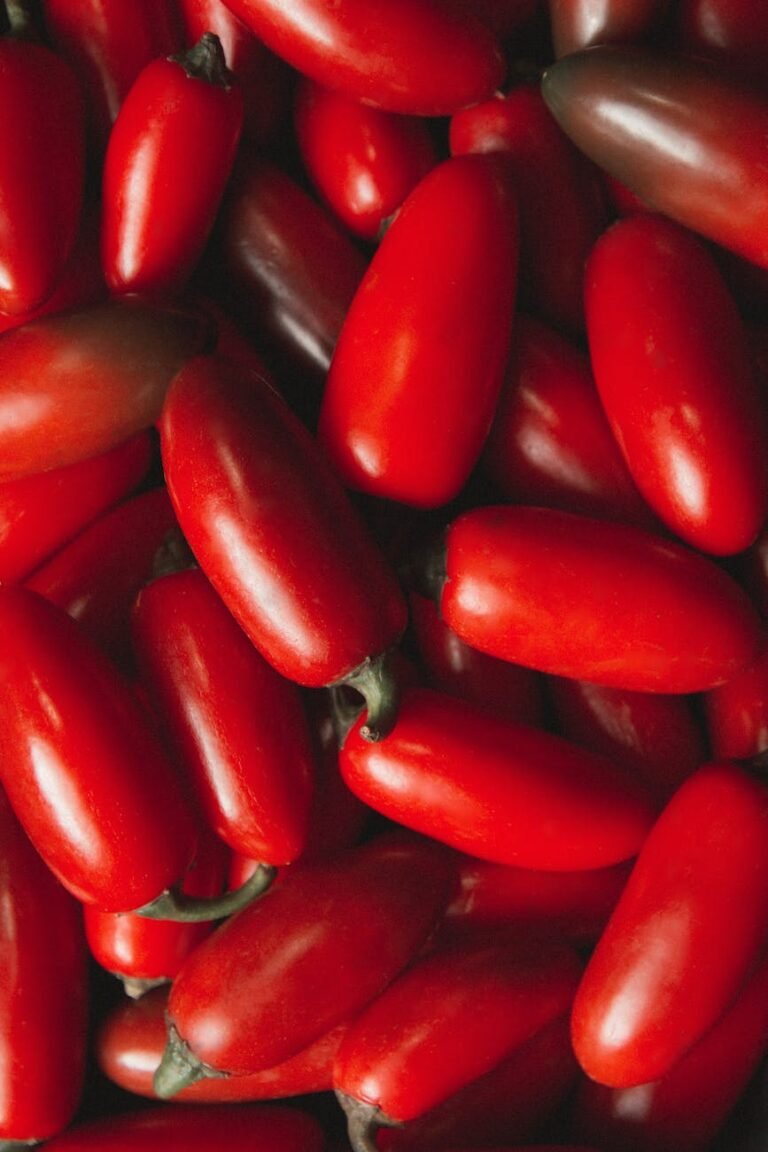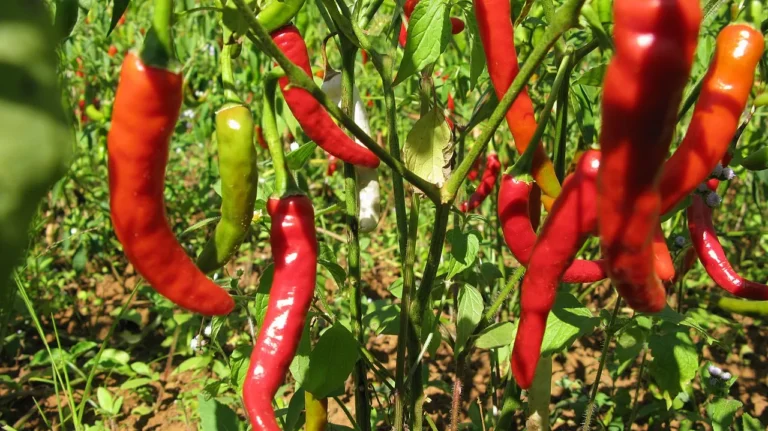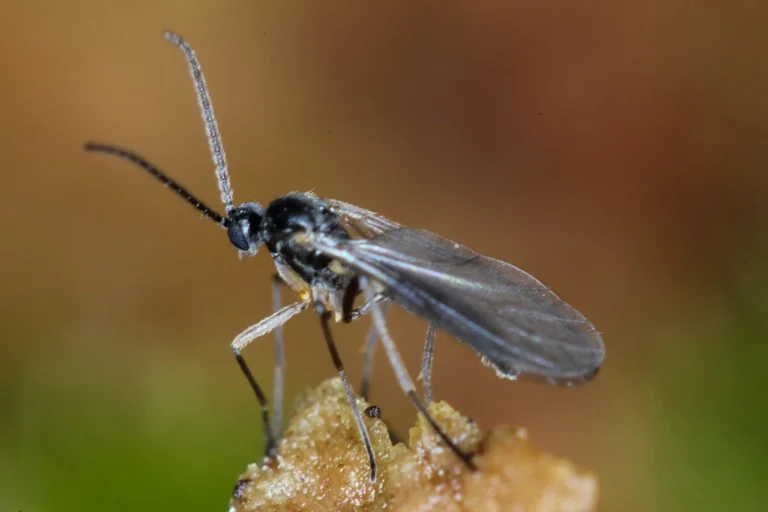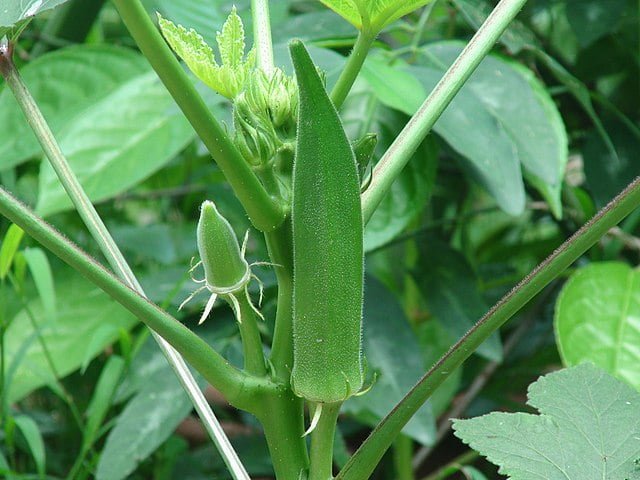Growing Cucamelons: A Guide to Cultivating Tiny Melon-Like Delights
Cucamelons, also known as Mexican sour gherkins or mouse melons, are adorable, vine-dwelling fruits that resemble miniature watermelons. Don’t be fooled by their size, as these tiny delights pack a punch of refreshing flavour. Whether you want to add a unique twist to your salads, enjoy them as a healthy snack, or impress your friends with their novelty, growing cucamelons is a delightful adventure. This guide will provide you with simple steps to successfully cultivate cucamelons and enjoy their miniature melon-like goodness.
Selecting Cucamelon Seeds
Start by acquiring high-quality cucamelon seeds from a reputable supplier. Cucamelon seeds can be found online or at specialty garden centers. Choose seeds that are fresh and viable, as this will significantly improve germination rates and overall plant health.
Preparing the Planting Site
Cucamelons thrive in full sun, so select a location in your garden that receives at least 6-8 hours of direct sunlight daily. Ensure the soil is well-draining and rich in organic matter. Cucamelons prefer slightly acidic to neutral soil with a pH range of 6.0 to 7.5. Amend the soil with compost or well-rotted manure to improve its fertility and structure.
Starting Cucamelon Seeds Indoors
To give your cucamelons a head start, start the seeds indoors 4-6 weeks before the last expected frost date. Fill seed trays or small pots with a quality seed-starting mix. Plant one seed per container, about ¼ inch deep. Maintain a warm temperature of around 70-80°F (21-27°C) to encourage germination. Keep the soil consistently moist, but avoid overwatering to prevent damping off.
Transplanting Cucamelon Seedlings
Once the danger of frost has passed and the seedlings have developed several true leaves, it’s time to transplant them into the garden. Choose a location with a trellis or support structure for the vine to climb. Space the seedlings about 12-18 inches apart to allow for proper growth and airflow. Gently remove the seedlings from their containers, taking care not to damage the delicate roots, and plant them at the same depth they were in the pots. Water thoroughly after transplanting.
Watering and Care
Cucamelons require consistent moisture throughout the growing season. Water the plants regularly to keep the soil evenly moist but not waterlogged. Aim to provide about 1 inch of water per week, adjusting based on weather conditions. Mulch around the plants to help retain moisture, suppress weeds, and regulate soil temperature. Avoid overhead watering to prevent fungal diseases.
Training and Supporting the Vines
Cucamelon vines are vigorous climbers, so it’s important to provide them with a trellis or support structure. Install a sturdy trellis or use a fence where the vines can climb and spread. As the plants grow, gently train the vines to grow along the support system. This helps improve airflow, reduces disease risk, and makes harvesting easier.
Pest and Disease Management
Monitor your cucamelons regularly for pests, such as aphids or cucumber beetles. Inspect the plants for signs of diseases like powdery mildew or downy mildew. If pests or diseases are present, take appropriate measures to control them, such as handpicking insects or using organic insecticides. Proper spacing, good airflow, and watering at the base of the plants can help prevent disease issues.
Harvesting and Enjoying
Cucamelons are typically ready for harvest about 70-80 days after sowing the seeds. Harvest the fruits when they are about the size of a grape or slightly larger. Simply pinch or cut the cucamelons from the vine, and they’re ready to be enjoyed. Cucamelons can be eaten fresh, added to salads, pickled, or used as a garnish. Their flavour is often described as a combination of cucumber and lime, offering a unique taste experience.
Growing cucamelons is a delightful adventure that adds a touch of novelty and flavour to your gardening endeavours. By following these simple steps and providing the right growing conditions, you’ll soon be enjoying the miniature melon-like delights of cucamelons right in your own garden.


